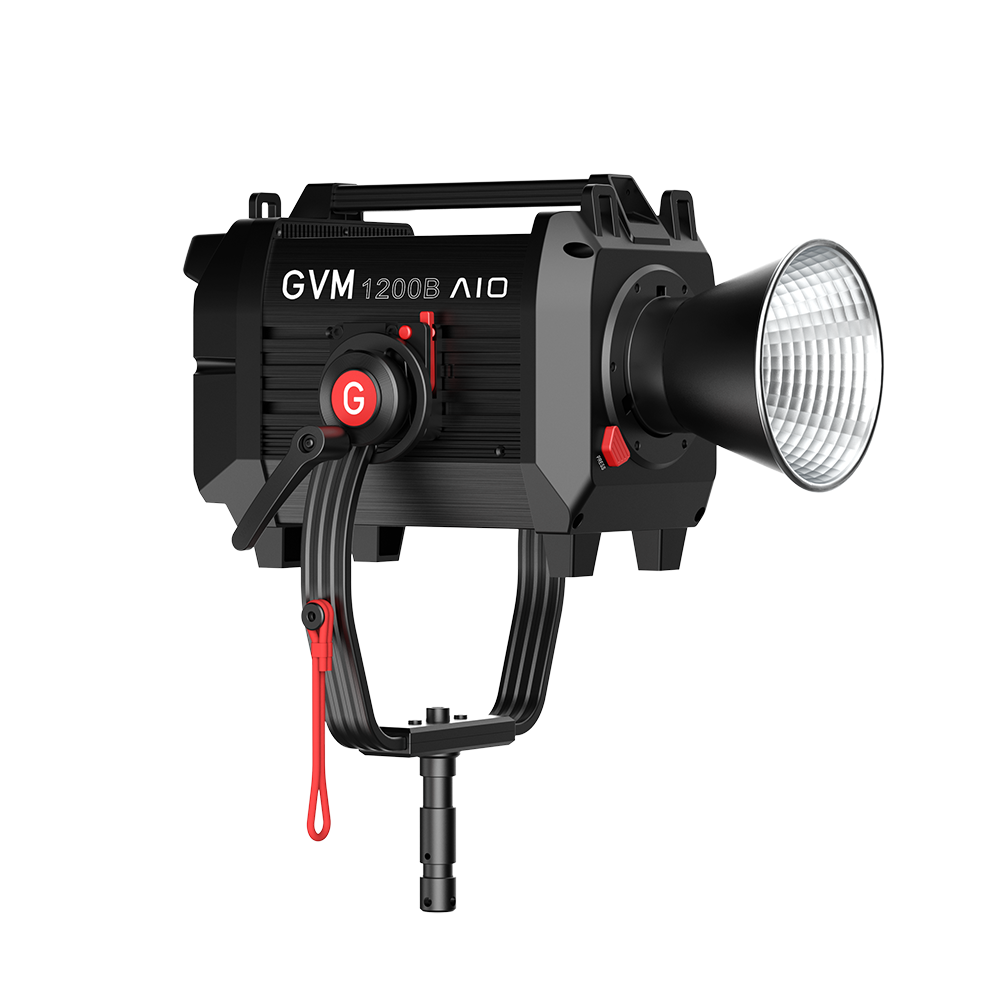Portrait Photography Fundamentals
The art of portrait photography is to capture someone’s spirit in an image. An excellent portrait photography work can reflect a person’s character and demeanor and reveal the inner spiritual world. Whether it’s a traditional portrait used to identify someone, such as a Roman emperor on a coin, or a holiday snap of someone having a good time, a portrait can document and communicate who a person is, not just what their identity looks like. A successful portrait photography hard light is both physical and spiritual, from the external image modeling of the character, including composition, light and color, to the character’s demeanor is very important.
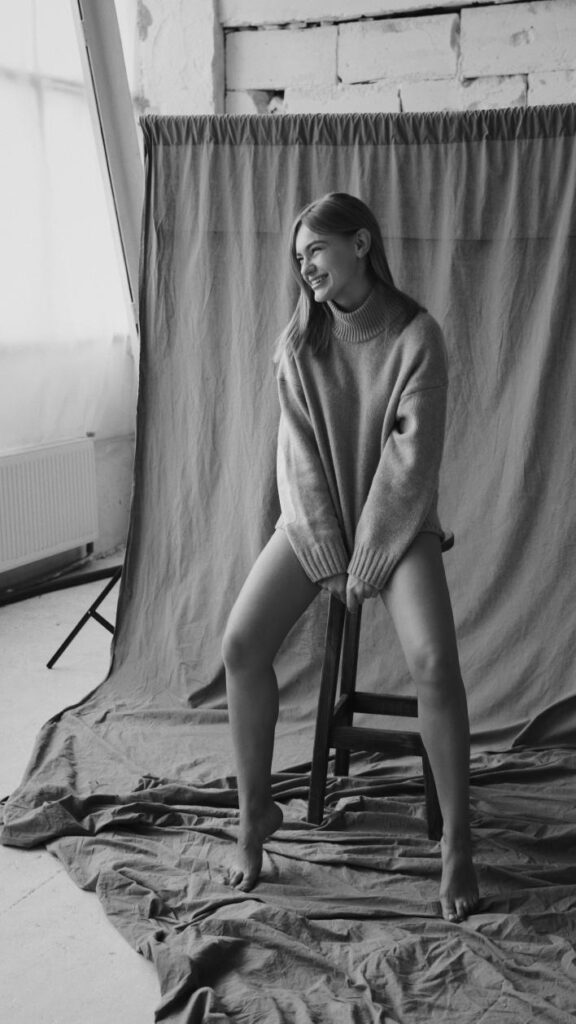
1.screen composition
When shooting with indoor lighting, the first thing to do is to determine where to shoot. Determine the range of picture expression. Generally, the distance between the camera and the person will not be too close to avoid face deformation. In addition, it is necessary to choose a more suitable shooting direction according to the facial features of the person, whether it is the front or the side. It is also necessary to choose the shooting height according to the characteristics of the face, and adjust the selection from the perspective of looking up, looking down, and looking up. Proper use can highlight the advantages of face shape or make up for the lack of appearance.

2.portrait style
Choose the right portrait style to fully demonstrate their strengths. Portrait photography is about capturing the essence of people. To achieve this, there is more than one way to shoot portraits. Different types of portrait photography may be more appealing to you and more appealing to the people you photograph.
3.Exposure Triangle
This is relevant for every type of photography, not just portraits: make sure you know how to get a good exposure through the interplay of aperture, ISO and shutter speed. See how changing the aperture will affect the depth of field of the image, a wider aperture gives you more background blur and lets more light into the camera. Know that higher ISOs will introduce more noise into your photos. And you need a fast shutter speed to prevent motion blur in your images.
4.Correctly set white balance
Our eyes are very good at adapting to changes in the temperature of light, which vary depending on the light source or the time of day. They always see white as white. Our cameras need to be told what the temperature of the light is so that whites appear white and you don’t have weird color casts in your photos. So you need to set the camera’s white balance according to your lighting conditions.
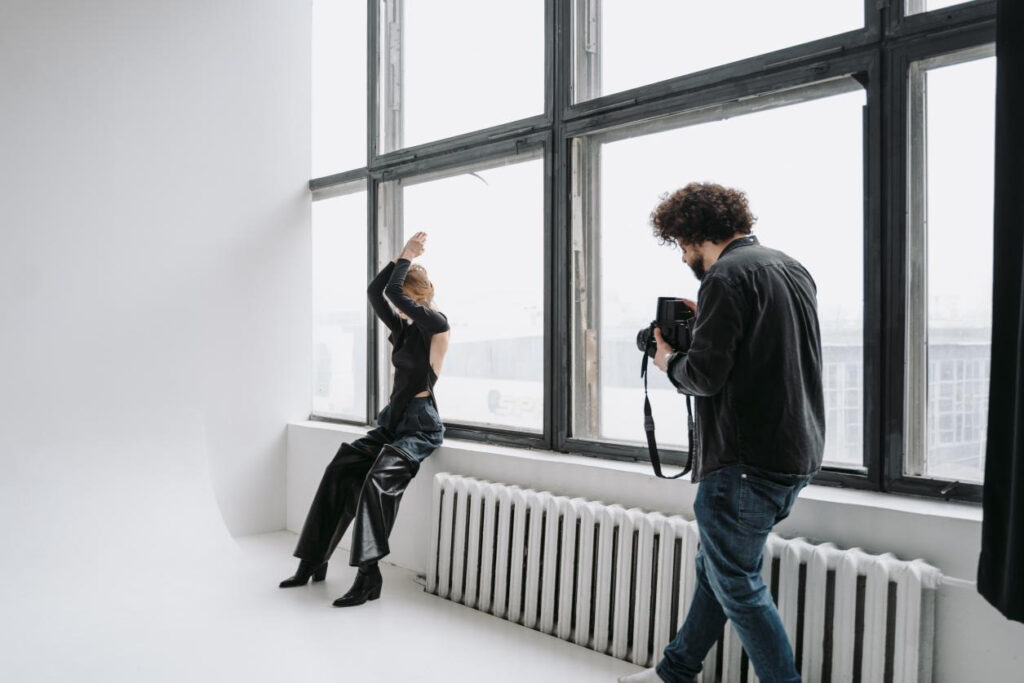
5.Light
By arranging the light, you can control the color tone, atmosphere, and expressed emotions of the picture. To complete the modeling of a color portrait, prepare several lamps, one of which is used as the main light and the other as auxiliary light, so as to shape the character image. In color portrait photography, the expression of eye light is very important. The light spot of the eye light is best to appear outside the pupil, and the front light is applied from one side, which can make the eye light in the proper position.

6.background processing
In lighting portrait photography, the background should set off the subject without distracting the viewer from the picture. If the costumes of the characters are complex, the background should be simple; on the contrary, if the costumes are relatively simple, the background can choose some props to set off the characters. The configuration of the background should not be too complicated, and it should be coordinated with the identity and personality of the subject. There should be no strong contrast between the color of the background and the face.

7.Filming angle
Shooting from an overhead angle can make the subject appear indecisive or vulnerable. Look up at the subject and they will become strong and confident. The subject does not have to stand or sit directly in front of the camera, and angling from the camera creates a very flattering pose. Sometimes, the subject doesn’t even have to look at the camera, depending on what mood your photo is trying to convey.
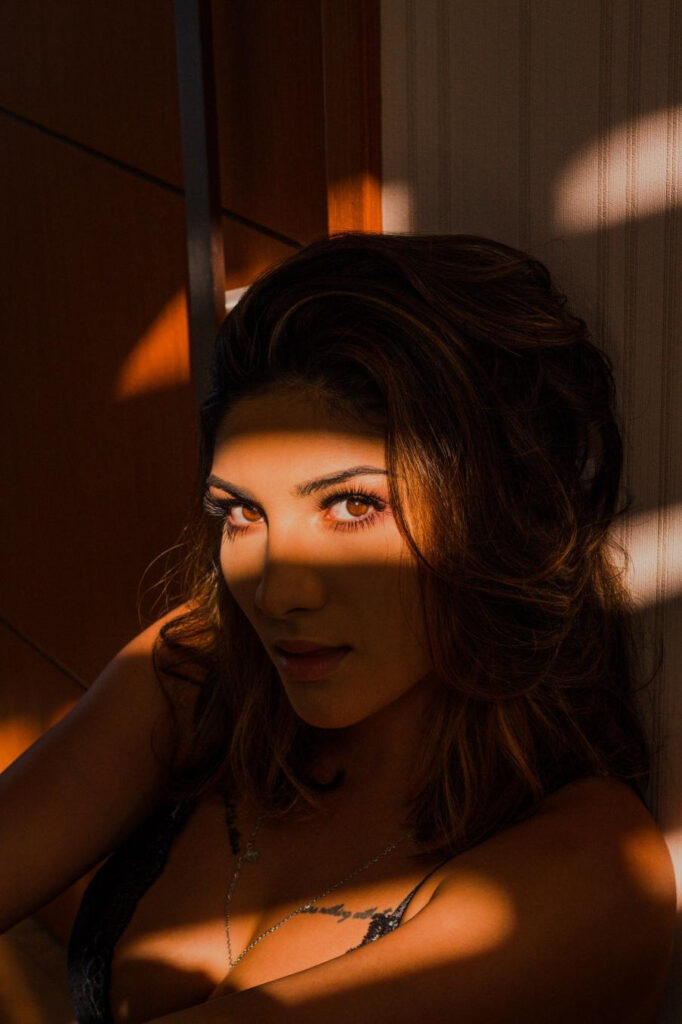
8.expression of eyes
Always make sure the eyes are the focal point as they are the windows to the soul. This is the first place people see in a photo, and if the eyes are blurred, they’ll fall out of the image. If the eyes aren’t sharp, it doesn’t matter how perfect the composition or exposure is in a portrait.
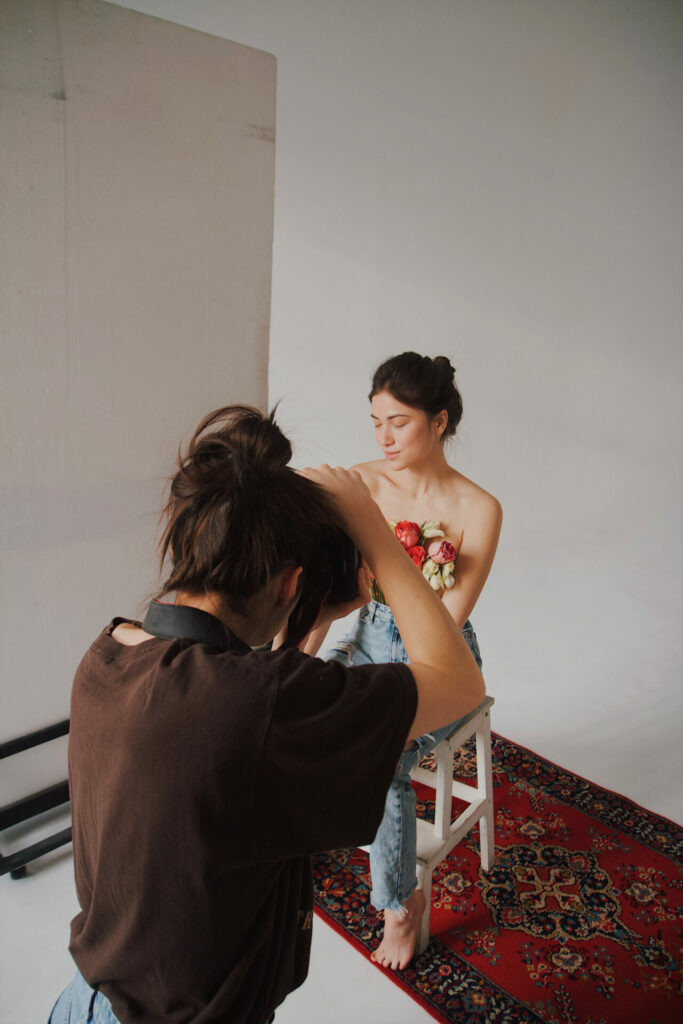
9.try props
You might want to try something fun, but don’t forget books, pens, children’s favorite toys, flowers, or something that speaks volumes about your subject to help convey who they are. Sometimes in the middle of a series of photos, using props can soften the mood, or even break the ice, and allow your subject to be there for a calmer, more open demeanor.

10.Convert to black and white
The classic look of a portrait is black and white. Aside from their timeless appeal, black and white are so flattering and almost miraculously even out skin tone. When you process your photos after shooting, be sure to provide both color and black-and-white versions.
GVM recommends a light and easy-to-use photography light for you:

This video light is adopted the American Chip, and has a
life more than 70000 hours.
Provide the true and natural color for
Photography,YouTube Studio, Video Shooting, Broadcasting, etc

3200K~5600K&CRI97+
Step-less adjustable dual color temperature feature, color range 3200K ~ 5600K.
With High color rendering index LED lamp beads.
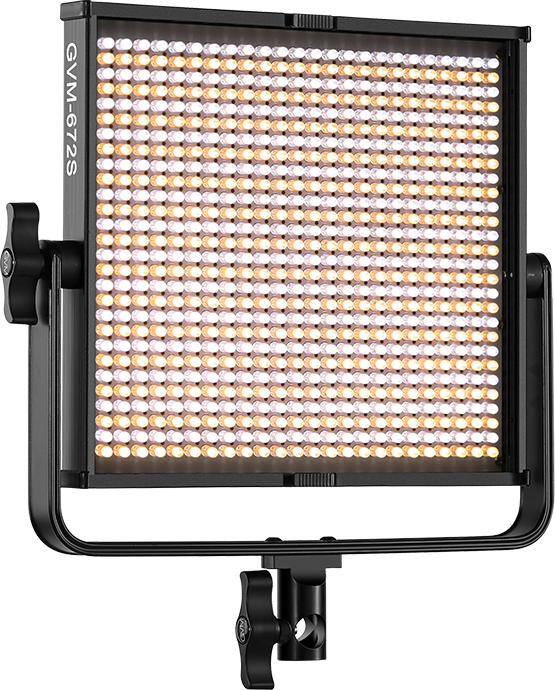
Excellent Brightness
40W high power light
Brightness can reach 20000lux/0.5m, 4600lux/1m
Ultra-high CRI 97+ helps to restore
and enrich the color light
object providing a natural
and vivid shooting effect to you

